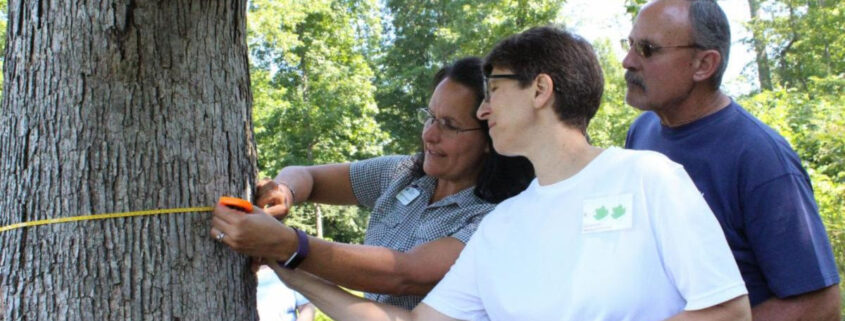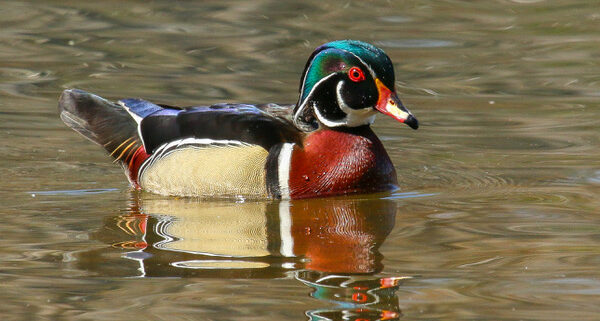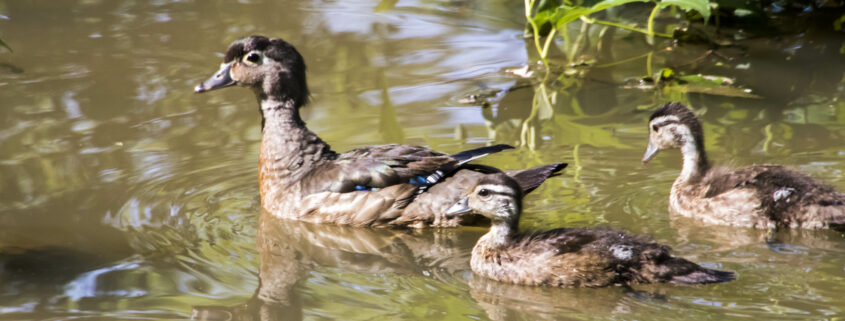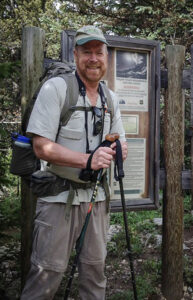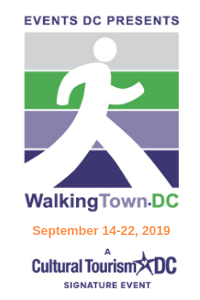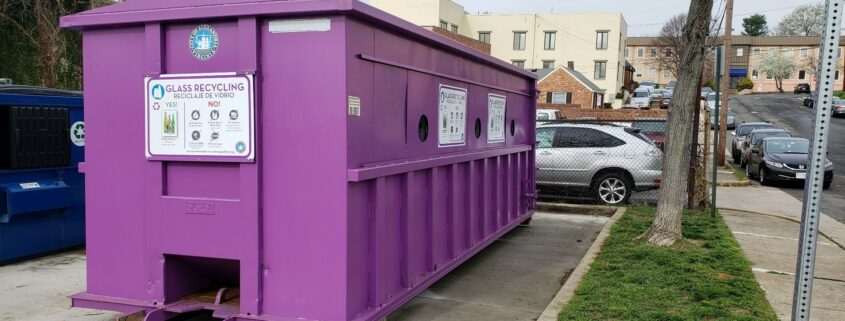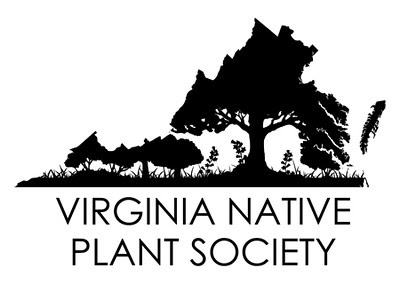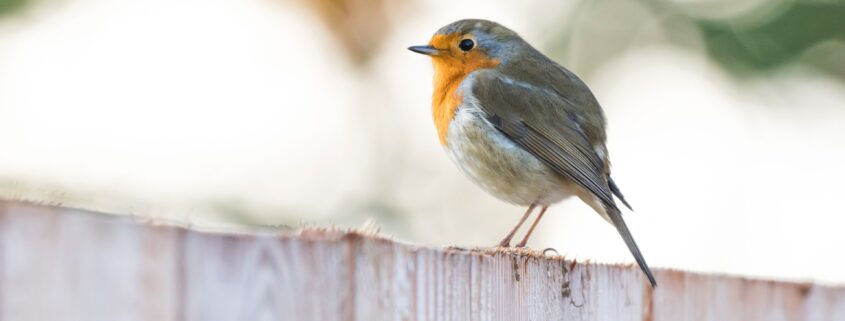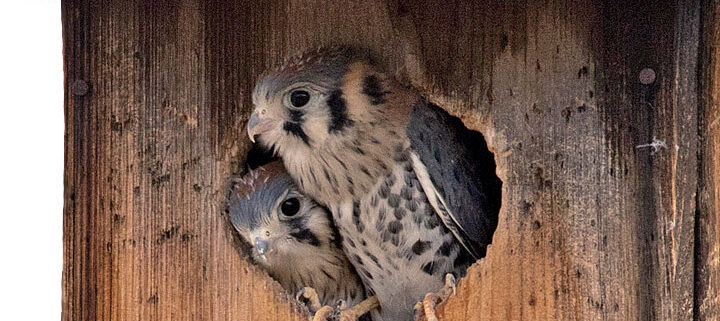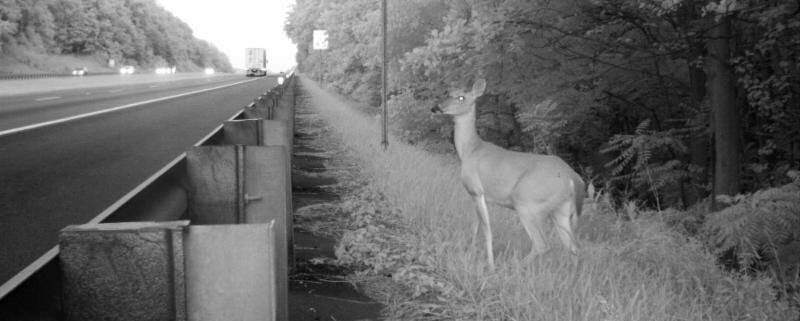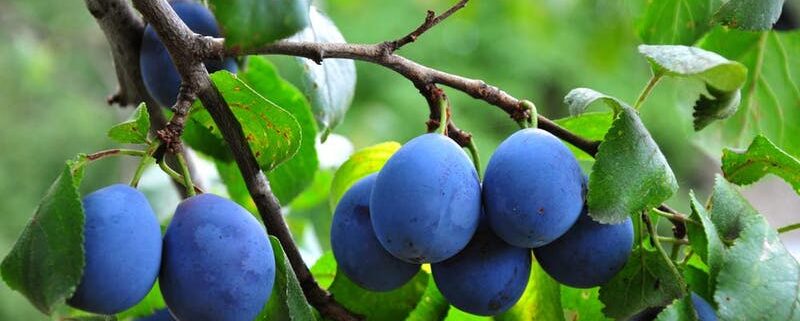Beginning woodland owners’ retreat, 20-21 Sept., register by Sept. 6th
New Kent Forestry Center, Providence Forge, VA
20-21 September 2019
Eastern Virginia landowners can learn more about actively managing their forestlands.
These retreats:
are geared towards landowners who are new to forest management
provide information on both hardwood and pine forest management
offer chances for interaction with natural resource professionals from various agencies in Virginia, as well as with other landowners
provide information on estate planning, management planning and certification
provide hands-on experience with tree identification, forestry equipment, and more…
Topics include forest stewardship planning, pine management, timber sales, wildlife management, tree identification, and more. A tour of local properties will showcase forest management in action.
Full retreat registration, including materials, meals, and lodging on Sept. 19 and 20 is $95 per person or $170 per couple. For those who live nearby, a commuter option, including materials and meals only, is $55 per person or $90 per couple.
To register online or download a mail-in brochure, visit www.forestupdate.frec.vt.edu. The deadline to register is September 6.
For more information, contact Jennifer Gagnon at 540-231-6391 or [email protected]. Or go to the Virginia Forest Landowner Education website and click on the retreat, then agenda.


